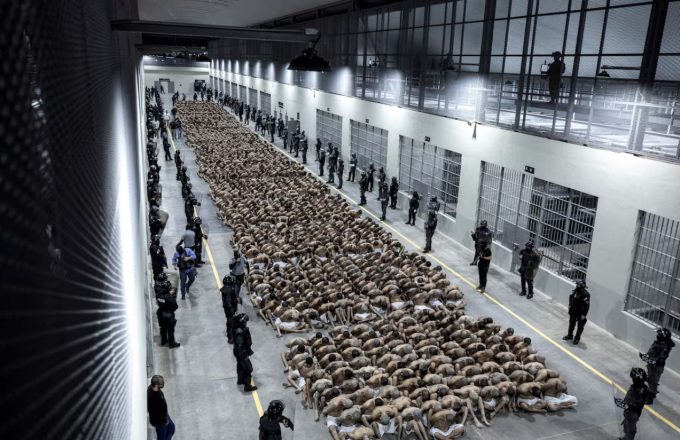A new trend has exploded on TikTok and other social media platforms: it’s called brainrot — literally, “rotted brain” — a phenomenon that blends absurdity, hypnotic imagery, and AI-generated creations. If you’ve recently seen a crocodile that’s half animal, half bomber plane speaking Italian, or a shark sprinting like an Olympic runner in your feed, you’ve already witnessed this new craze.
These colorful, chaotic, and deliberately rough-edged videos are much more than mere jokes. They are productions powered by AI tools that combine image generation, voice synthesis, and automated editing, all designed to create a sensory overload that keeps millions of teenagers hooked — and experts increasingly concerned.
On platforms like TikTok, Instagram, and YouTube Shorts, a parallel universe is rapidly expanding. Here live characters like Bombardiro Crocodile — a reptile with the body of a military plane that drops bombs from the sky — Saturno Saturnita — a cow with the appearance of a neighboring planet — and Tralalero Tralalá — an anthropomorphic shark sprinting to the sound of a distorted Italian voice. Also featured is Tung Tung Sahur, a humanoid bat carrying another bat in its hand. They are the protagonists of brainrot, a viral phenomenon that combines meme culture, artificial intelligence, and a deliberately absurd aesthetic to capture viewers’ attention within seconds.
Despite their surreal, nightmarish appearance, there is a clear logic behind brainrot: leveraging the power of generative AI to create massive, visually impactful, and emotionally stimulating content — a strategy designed to overload the senses and master social media algorithms.
Most of these videos are either partially or entirely AI-generated. Tools like Midjourney and DALL·E are used to create distorted images; voice cloning apps provide the audio tracks; and automated editors stitch everything together into vertical formats ready for TikTok or Instagram Reels. Though many clips last only 15 seconds, that’s enough to rack up millions of views.
In this universe, logic doesn’t matter, but structure does: bizarre characters are created, fictional clan conflicts are imagined, and even delirious family trees linking sharks, space cows, and fried-egg strippers emerge. It’s a form of collective fan fiction, fueled by teenage creativity and the power of generative AI.
But brainrot is not just entertainment — it’s also business. As a report by elDiario.es highlights, creators organize themselves on Discord servers, sharing templates, audios, prompts, and visual effects. Some churn out content en masse to monetize views; others launch NFTs, sell merchandise, or capitalize on their viral fame to open additional revenue streams.
The success of these videos is partly explained by the way platforms like Instagram and TikTok work: the stranger the content, the more reactions it sparks. And the more interactions it generates, the greater its reach. It’s the perfect formula to exploit today’s attention-driven digital economy.
However, the rise of brainrot has raised alarms among mental health experts, who warn about its potential effects on children and teenagers. The concern lies not only in the content but in the form: the frantic pace, lack of coherent narrative, and constant stimulation may undermine concentration, trigger mental fatigue, and fuel addiction to infinite scrolling.
The Spanish Society of Neurology (SEN) has issued warnings about the impact of excessive short-form video consumption on children’s and adolescents’ brain development. According to its reports, overexposure to platforms like Instagram and TikTok can impair memory, attention span, decision-making, and creativity, while also disrupting emotional development, impulse control, language acquisition, and learning ability.
There’s also growing debate around the desensitization effect these videos might have, normalizing extreme ugliness, symbolic violence, and contextless absurdity. While many teenagers view brainrot as harmless digital satire, adults often struggle to interpret it — and to set boundaries.




















